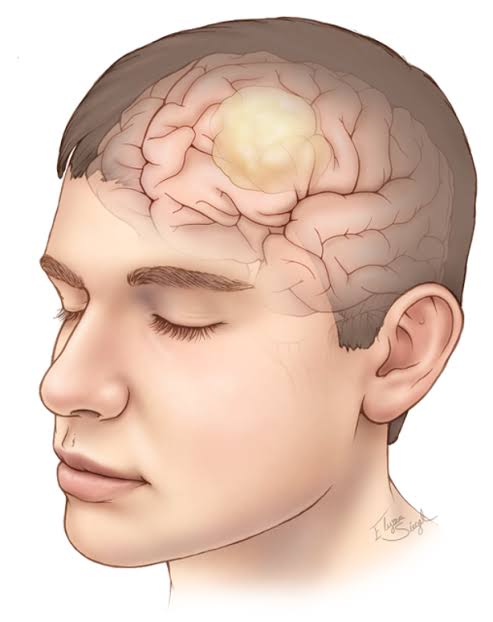The most frequent and deadly primary brain tumor in adults is glioblastoma, sometimes known as GBM. It comes from glial cells, which are non-neuronal brain cells that nourish and shield nerve cells from damage. GBM tumors are challenging to completely remove surgically because of their quick growth and invasive nature, which infiltrate adjacent brain tissue.
Depending on where in the brain the tumor is located, glioblastoma symptoms might vary, although they frequently include headaches, seizures, cognitive decline, and neurological abnormalities. Although the precise causation of glioblastoma is unknown, some genetic abnormalities and environmental variables may play a role in the disease’s emergence.
How to prevent the occurrence glioblastoma
There is no surefire technique to stop glioblastoma from occurring. This is due to the fact that the precise origins of glioblastoma are unknown and may entail an intricate interplay between hereditary and environmental variables. However, the following general health habits could possibly lower your risk of getting brain tumors, including glioblastoma:
- Healthy Lifestyle: Leading a healthy lifestyle with a balanced diet, consistent exercise, and enough sleep will improve general wellbeing. According to several research, keeping a healthy weight and engaging in regular physical activity may help lower the chance of developing certain cancers.
- Avoiding Radiation Exposure: Unless medically essential, limit exposure to ionizing radiation, such as high-dose X-rays or radiation therapy to the head. Long-term exposure.
- Protective Measures: Take the necessary safety measures to reduce exposure if your job or hobbies need you to be around chemicals or other substances that could be dangerous. The relationship between particular substances and environmental elements and brain tumors has been researched.
- Genetic Counseling: If glioblastoma or other brain tumors run in your family, you might want to pursue genetic counseling. Although most cases of glioblastoma are not passed down directly from parents, some uncommon genetic disorders can raise the risk of getting malignant tumors.
- Regular Health Check-ups: Regular health examinations can assist in spotting any potential health issues early. Talk about your worries with your doctor, and make sure you have regular screenings and exams.

